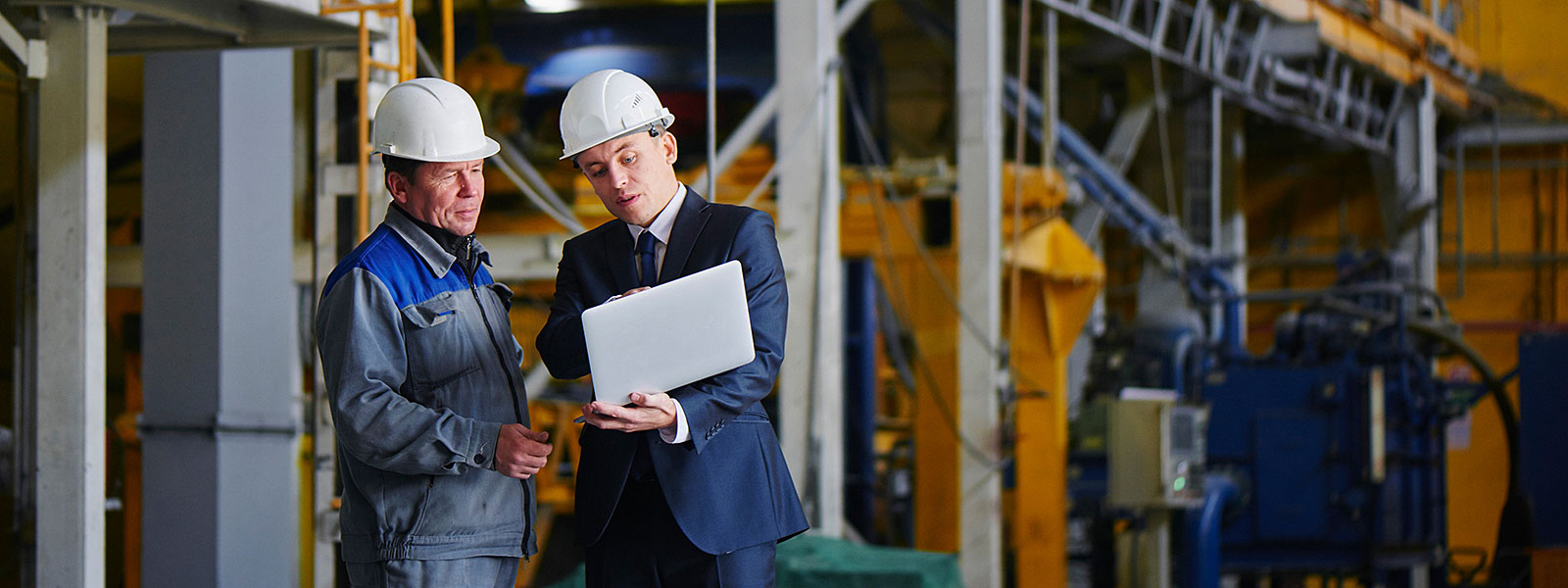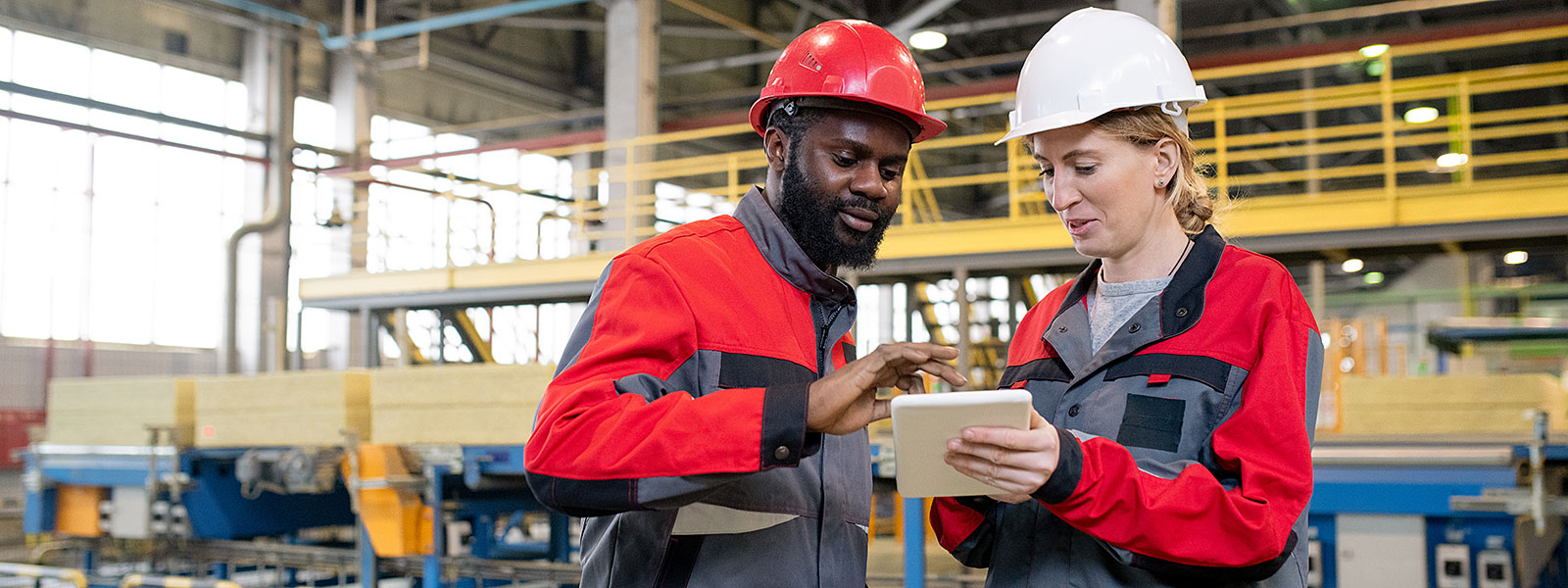The Future of Connected Devices
With the increasing power of digital technology, the idea of a connected manufacturing system that can sense, analyze, and respond will soon be a reality.
With the increasing power of digital technology, the idea of a connected manufacturing system that can sense, analyze, and respond will soon be a reality.
This story was originally published by Knowable Magazine.
The Covid pandemic has highlighted the role that manufacturing plays in our society.

Data can transform manufacturing. It’s also a term that continues to prompt discussions within the industry.
More than 80 percent of U.S. food manufacturing plants operating today were built more than 20 years ago and may lack safety features.

The idea of digital transformation can be scary. The growth of technology is outpacing a comfortable pace of adoption for many manufacturers. But remaining content with the status quo often means being left behind.

The importance of data analysis in manufacturing operations can’t be overstated.

Before we get into a case study about how enterprisewide SPC software would work on both the shop floor and the C-suite, let’s talk about a long-held bias about “blue-collar” workers: That because they’ve traditionally been associated with manual labor, they should u

In recent months, we’ve learned that manufacturing during a global health crisis puts organizations under immense pressure to maintain operational efficiency while upholding product quality and employee safety.
In my synthetic chemistry lab, we have worked out how to convert the red pigment in common bricks into a plastic that conducts electricity, and this process enabled us to turn bricks into electricity storage devices.
© 2025 Quality Digest. Copyright on content held by Quality Digest or by individual authors. Contact Quality Digest for reprint information.
“Quality Digest" is a trademark owned by Quality Circle Institute Inc.